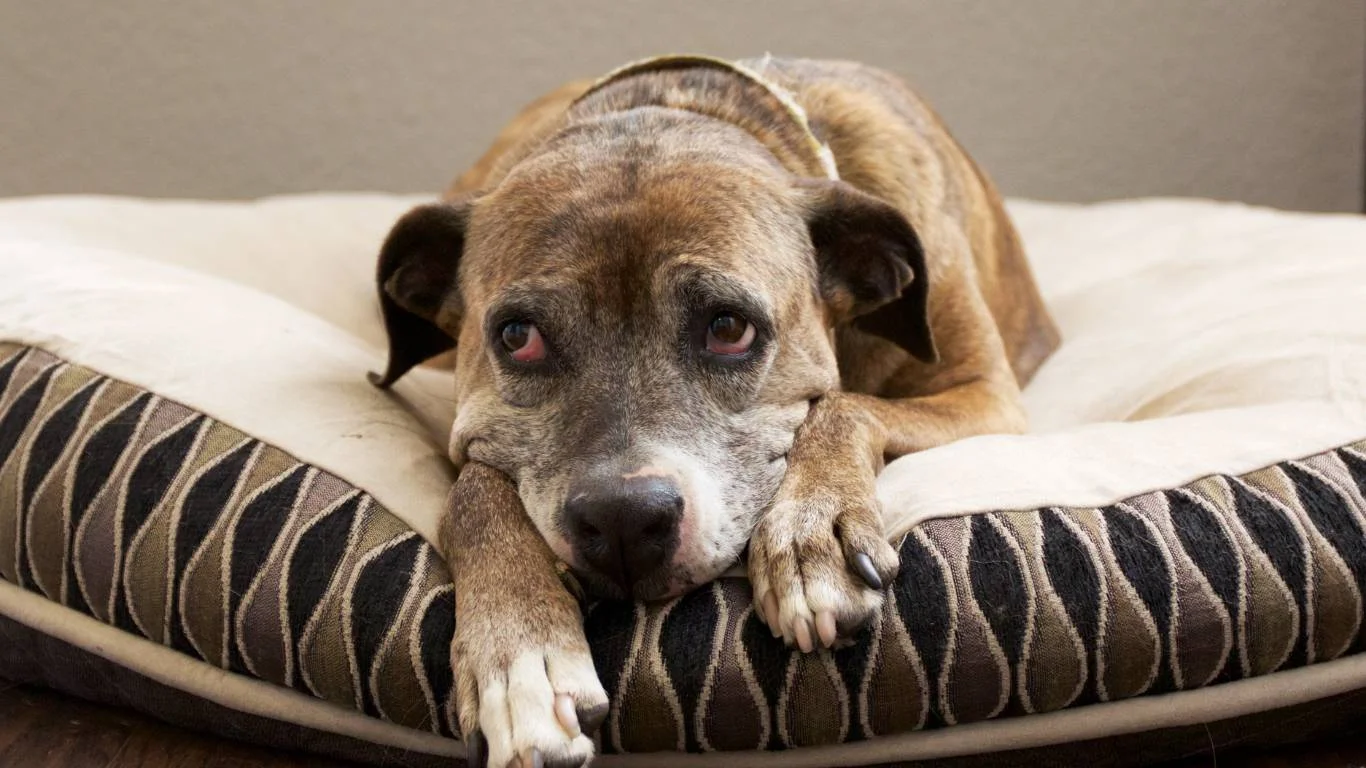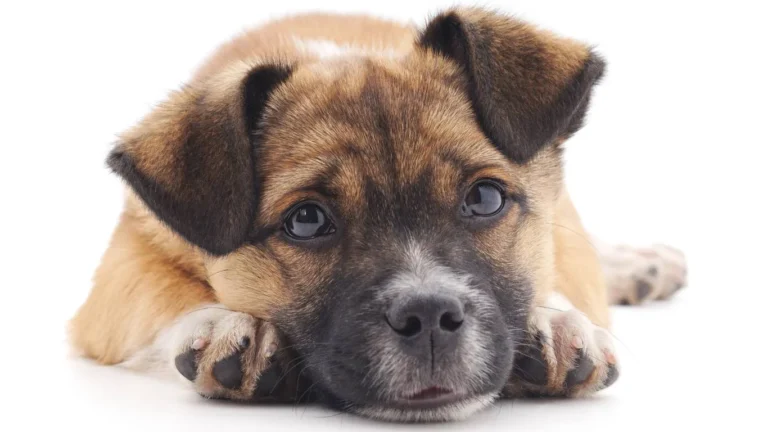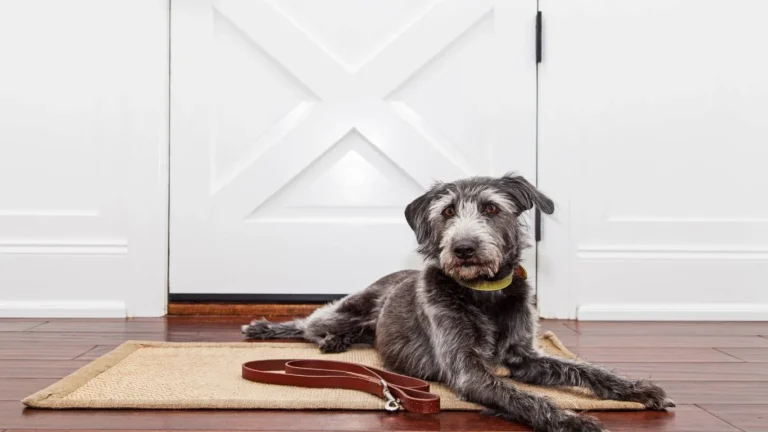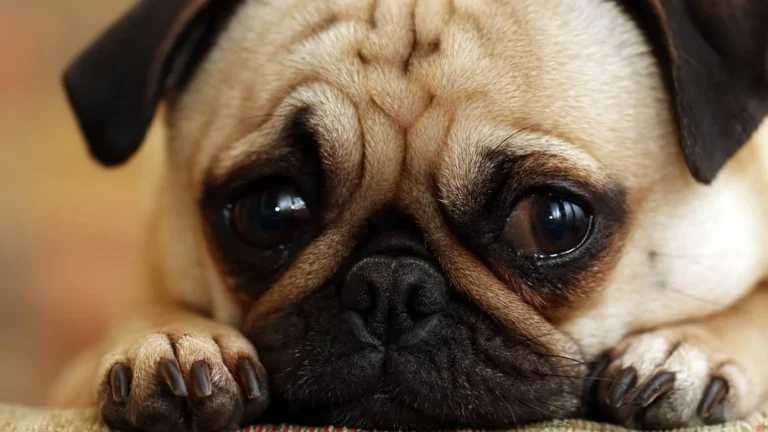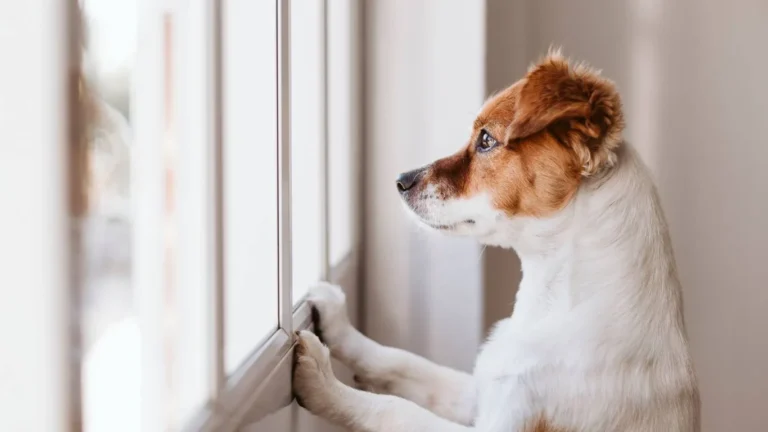Warning Signs: Causes of Excessive Drooling in Dogs & How to Fix It!
Ever caught your dog drooling like they just walked out of a food commercial? A little slobber is normal, especially when there’s a tasty treat involved. But when it turns into a full-blown waterfall, it’s time to pay attention. As a Pet Nutritionist and pet care expert working in veterinary clinics, I’ve seen countless cases where dog parents come in, worried about their pup’s excessive drooling. So, let’s break down the causes of excessive drooling in dogs and what to do when your furry friend starts looking like a leaky faucet.
Common Causes of Excessive Drooling in Dogs
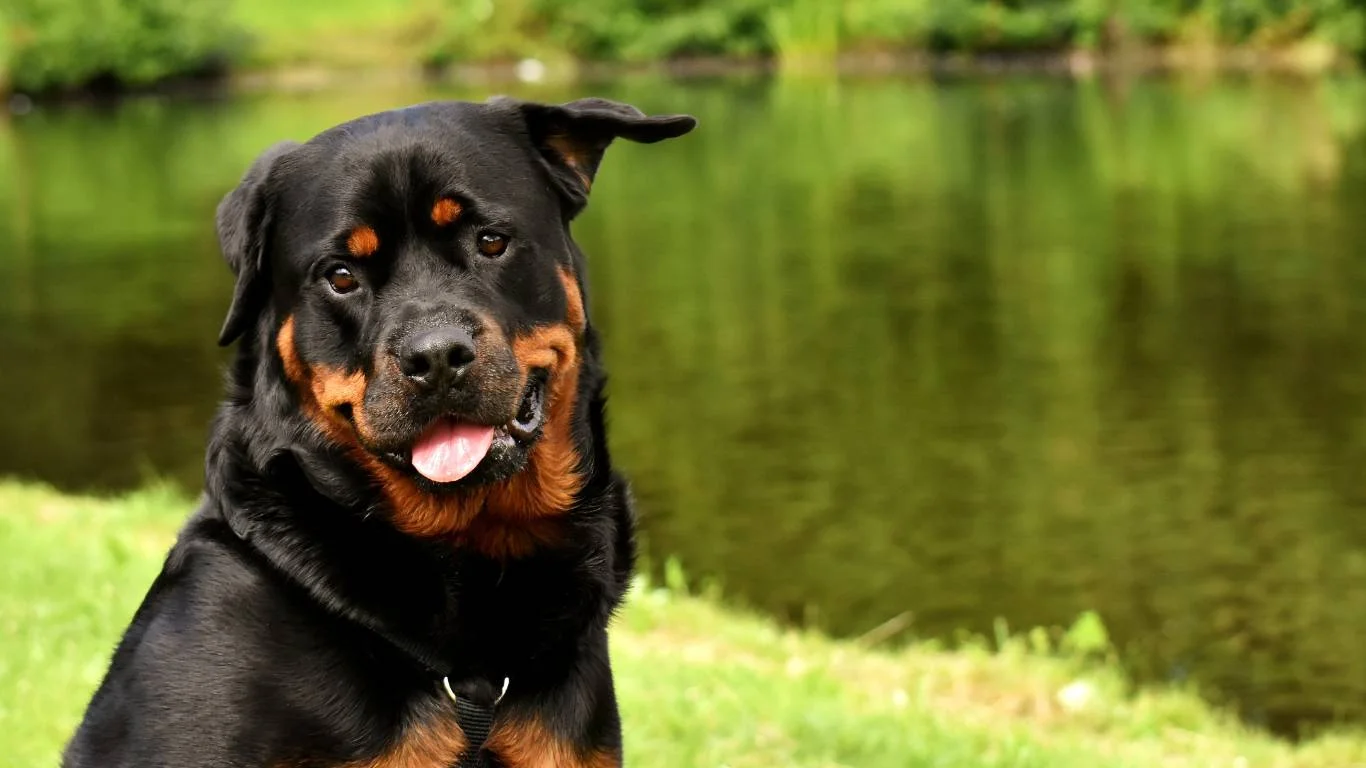
Drool, or as we fancy folks call it, ptyalism, is a normal part of a dog’s life. But when it goes overboard, something’s up. Here are some common reasons your pup might be turning into a drool machine:
1. Dental Problems: The Silent Culprit
One of the biggest causes I see in vet clinics? Dental disease. If your dog’s mouth is in bad shape, expect some serious drooling. Issues like:
- Gingivitis: Inflamed gums can make it painful to close their mouth properly.
- Tooth infections or abscesses: Bacteria buildup can cause swelling and excessive saliva.
- Broken or loose teeth: A fractured tooth can cause discomfort and drooling.
I once had a Golden Retriever patient who came in drooling so much his owners thought he had rabies (spoiler alert: he didn’t). Turns out, a rotten molar was the issue! A dental cleaning and extraction later, he was good as new.
2. Foreign Objects Stuck in the Mouth
Dogs are notorious for chewing on things they shouldn’t—sticks, toys, socks (why is it always socks?!). If something gets stuck between their teeth or in their throat, they might drool excessively while trying to dislodge it.
A quick way to check? Look inside their mouth (if they let you) and see if anything is caught in there. If they’re pawing at their mouth or refusing to eat, that’s a big red flag.
3. Nausea and Motion Sickness
Ever noticed your pup drooling like crazy in the car? Just like humans, dogs can get motion sickness, which can trigger excessive salivation. This is especially common in young pups who haven’t gotten used to car rides yet.
Signs of motion sickness include:
- Excessive drooling before vomiting
- Whining or restlessness
- Refusing to get in the car
One of my clients had a Labrador who would start drooling the second he saw the car keys! With some training and vet-recommended meds, he eventually became a happy road-tripper.
Serious Medical Conditions That Cause Excessive Drooling
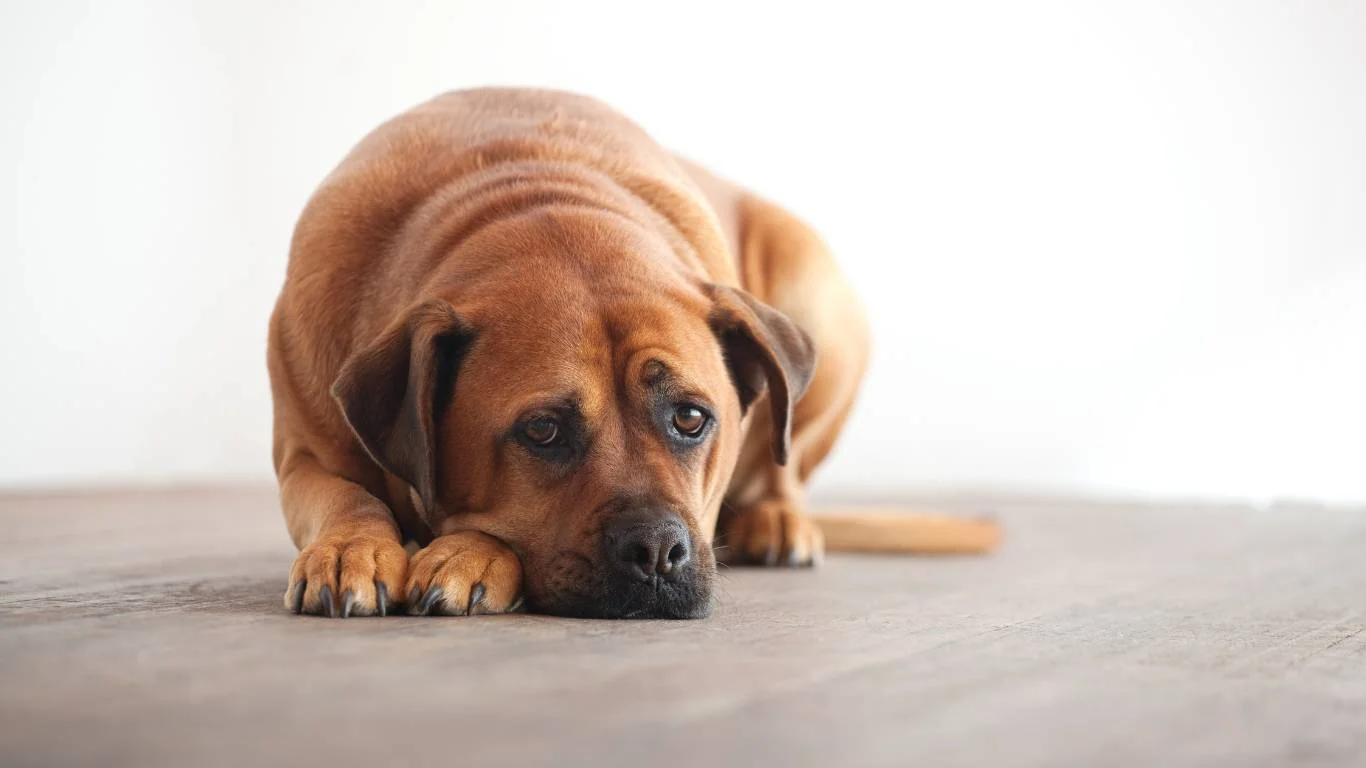
4. Heatstroke and Overheating
Dogs don’t sweat like we do. Instead, they regulate body temperature through panting—and sometimes, that comes with a lot of drool. If your dog has been out in the sun for too long and starts excessively drooling, panting heavily, and acting sluggish, it could be heatstroke.
What to do:
- Move them to a cool, shaded area immediately.
- Offer small amounts of water.
- Use a damp cloth on their paws and belly.
- Get them to a vet ASAP if symptoms don’t improve.
5. Toxic Ingestion
This one is scary. Certain toxins can trigger excessive drooling, including:
- Household chemicals: Cleaning products, insecticides, antifreeze.
- Poisonous plants: Sago palms, azaleas, tulips.
- Human foods: Chocolate, grapes, xylitol (found in sugar-free gum).
If your dog is drooling, vomiting, or acting strangely after eating something suspicious, call your vet immediately. Time is critical when dealing with toxins.
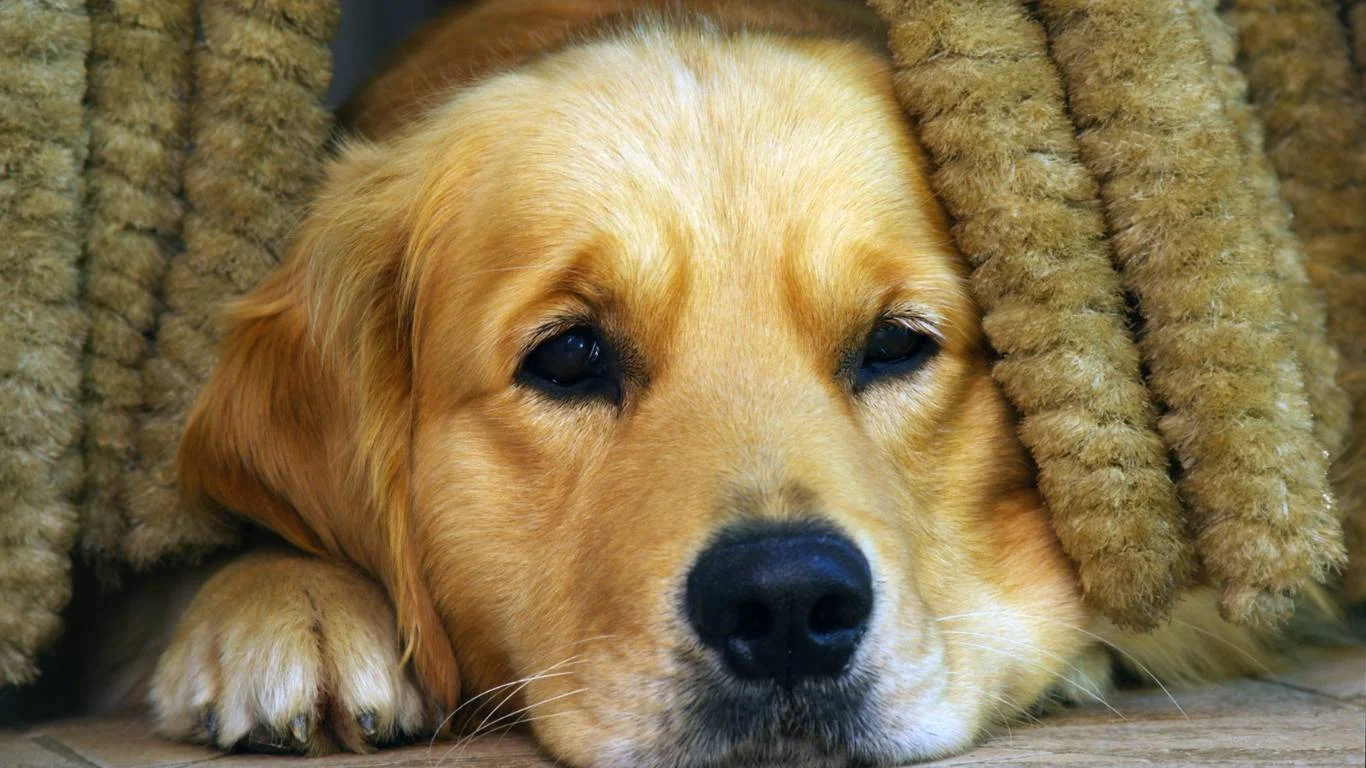
Other Possible Causes of Excessive Drooling in Dogs
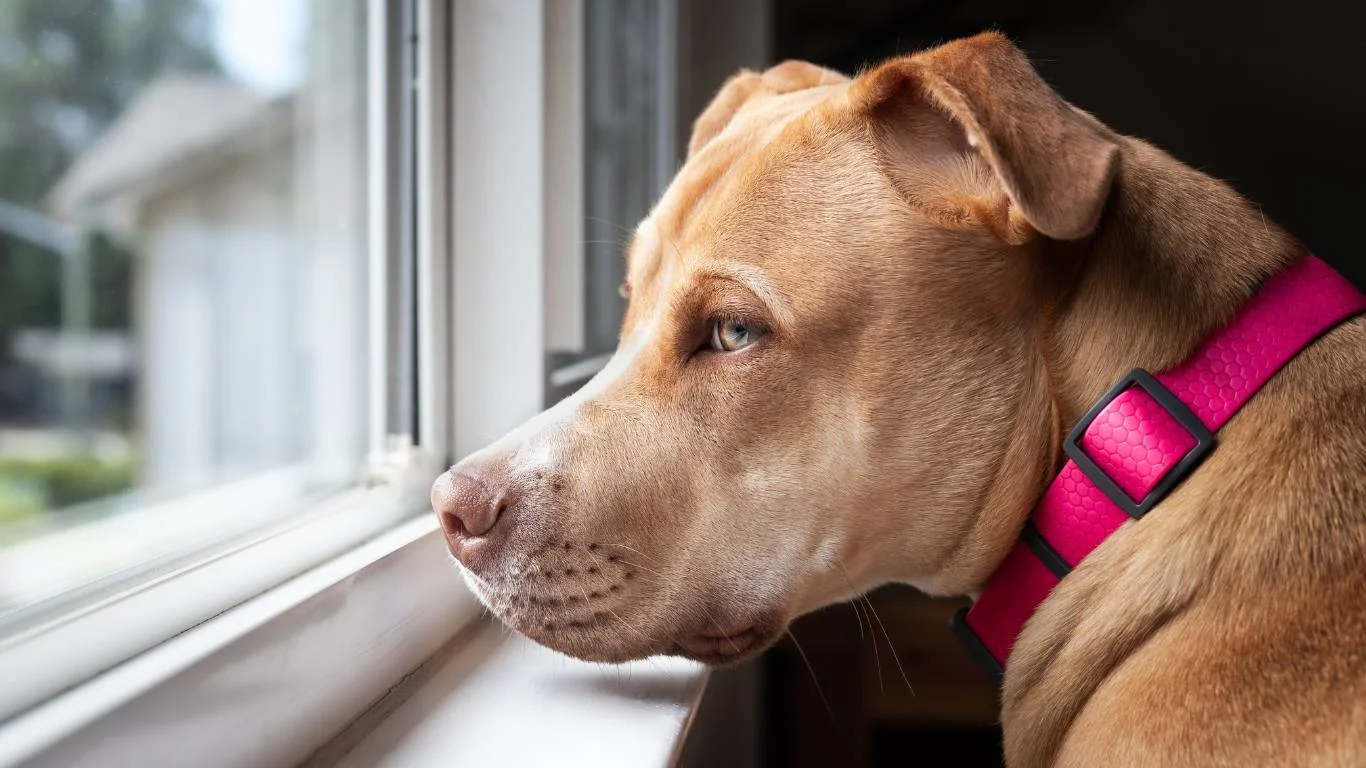
We’ve covered some of the most common reasons why dogs drool excessively, but there are a few more surprising culprits you might not have considered. If your pup is still producing a river of saliva, one of these could be the reason.
6. Anxiety and Stress
Dogs don’t just drool when they’re hungry or hot—they also drool when they’re nervous or stressed. Ever noticed your dog drooling excessively at the vet’s office, during thunderstorms, or when meeting new people? That’s their body’s way of reacting to stress.
Signs that anxiety might be the cause:
- Pacing or restlessness
- Whining or barking excessively
- Hiding or trying to escape
- Drooling paired with yawning or lip licking
I once worked with a rescue pup who would start drooling the moment his owner grabbed the leash. It wasn’t excitement—it was fear-based drooling from past trauma. With time, positive reinforcement, and some behavior training, he became a much more confident dog.
7. Mouth or Throat Tumors
While it’s not the first thing I’d assume, oral tumors can sometimes be behind excessive drooling. These growths—whether benign or malignant—can cause discomfort, difficulty swallowing, and increased saliva production.
If your dog has persistent drooling along with:
- Bad breath
- Blood in their saliva
- Visible lumps in the mouth
- Difficulty eating
It’s time for a vet visit. A thorough exam (sometimes including X-rays or a biopsy) can determine if a tumor is present and what steps to take next.
8. Neurological Disorders
Drooling isn’t just a mouth issue—it can also be linked to neurological conditions. If the nerves controlling the muscles in the mouth or throat aren’t working properly, your dog might struggle to swallow, leading to drool pooling in their mouth.
Possible conditions include:
- Rabies: While rare in vaccinated pets, rabies can cause excessive drooling and changes in behavior.
- Facial nerve paralysis: This can make it hard for a dog to control their lips, leading to drool.
- Seizure disorders: Some dogs drool excessively before, during, or after a seizure episode.
If excessive drooling is accompanied by tremors, head tilting, difficulty walking, or changes in behavior, don’t wait—get to a vet immediately.
What to Do If Your Dog Is Drooling Too Much

Okay, so your dog is drooling like crazy—now what? The first step is assessing the situation. Ask yourself:
- Did they just eat, drink, or get excited?
- Are there any other symptoms (vomiting, lethargy, pawing at the mouth)?
- Could they have eaten something toxic?
- Have they been in the heat for too long?
Depending on the answers, here’s what you can do:
Check Their Mouth
Look for anything stuck between their teeth, ulcers, inflamed gums, or unusual lumps. If you spot something and can safely remove it, great! But if it’s deeply lodged, bleeding, or painful, let a vet handle it.
Monitor Their Behavior
If your dog is acting totally normal aside from the drooling, keep an eye on them for the next few hours. If they seem lethargic, refuse food, or have trouble swallowing, it’s time to call the vet.
Provide Fresh Water
Sometimes, dogs drool more simply because they’re thirsty. Always ensure they have access to fresh, clean water—especially on hot days.
Keep Them Cool
If overheating is the issue, move your dog to a shaded area, offer water, and use a damp cloth to cool them down. Avoid ice-cold water, as it can cause shock.
Call the Vet if Needed
When in doubt, a vet visit is always the safest bet. If your dog’s drooling is excessive, persistent, or paired with other worrying symptoms, don’t wait.
Preventing Excessive Drooling in Dogs
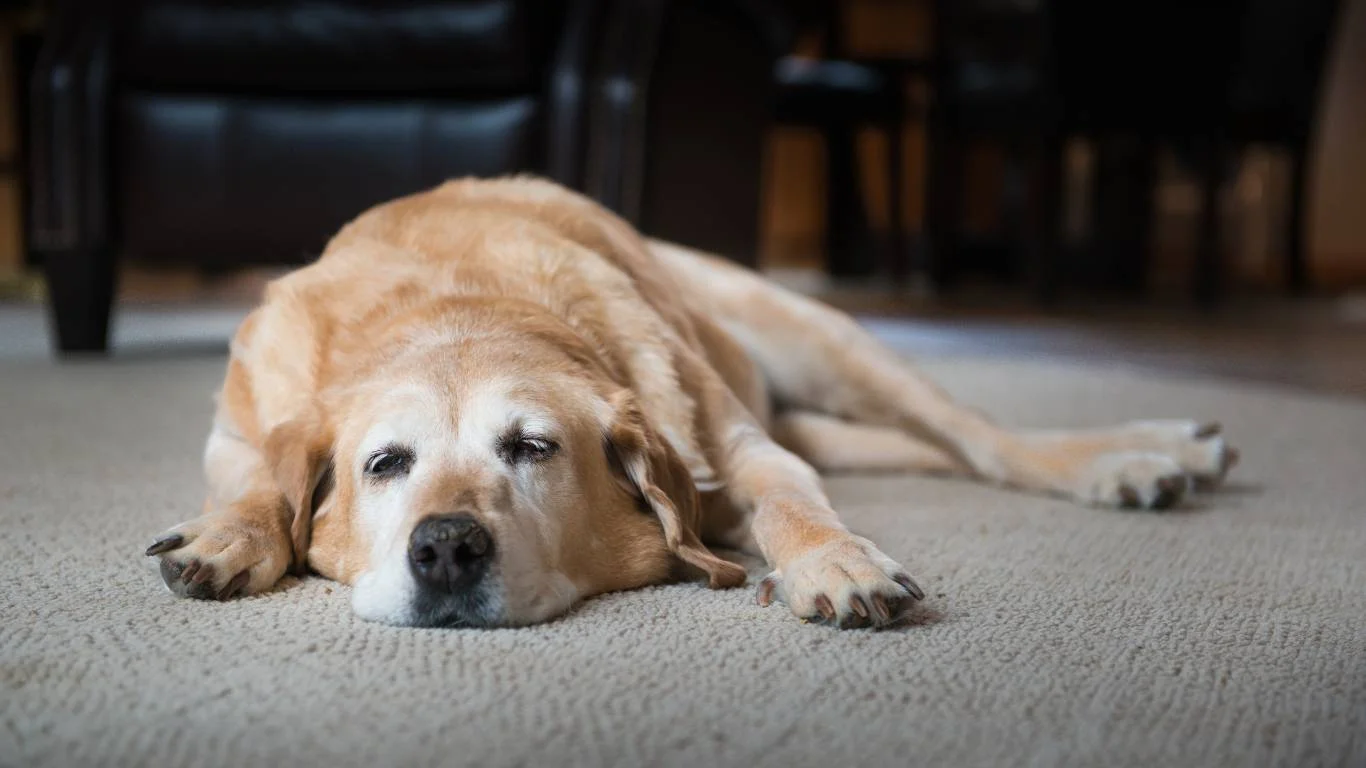
1. Regular Dental Care
A healthy mouth means less drool! Make sure to:
- Brush your dog’s teeth at least 2-3 times a week
- Use vet-approved dental chews and toys
- Schedule annual professional cleanings if needed
2. Watch What They Eat
Keep toxic foods and objects out of reach. If your dog loves chewing, invest in safe, sturdy toys that won’t break apart easily.
3. Help Them Manage Stress
For anxious pups, consider:
- Using calming supplements or pheromone diffusers
- Providing a safe space during thunderstorms or fireworks
- Training and socialization to build confidence
4. Keep Up With Vet Checkups
Routine exams help catch potential problems early. From dental issues to underlying health concerns, a vet visit can make all the difference.
Case Studies & Real-Life Examples
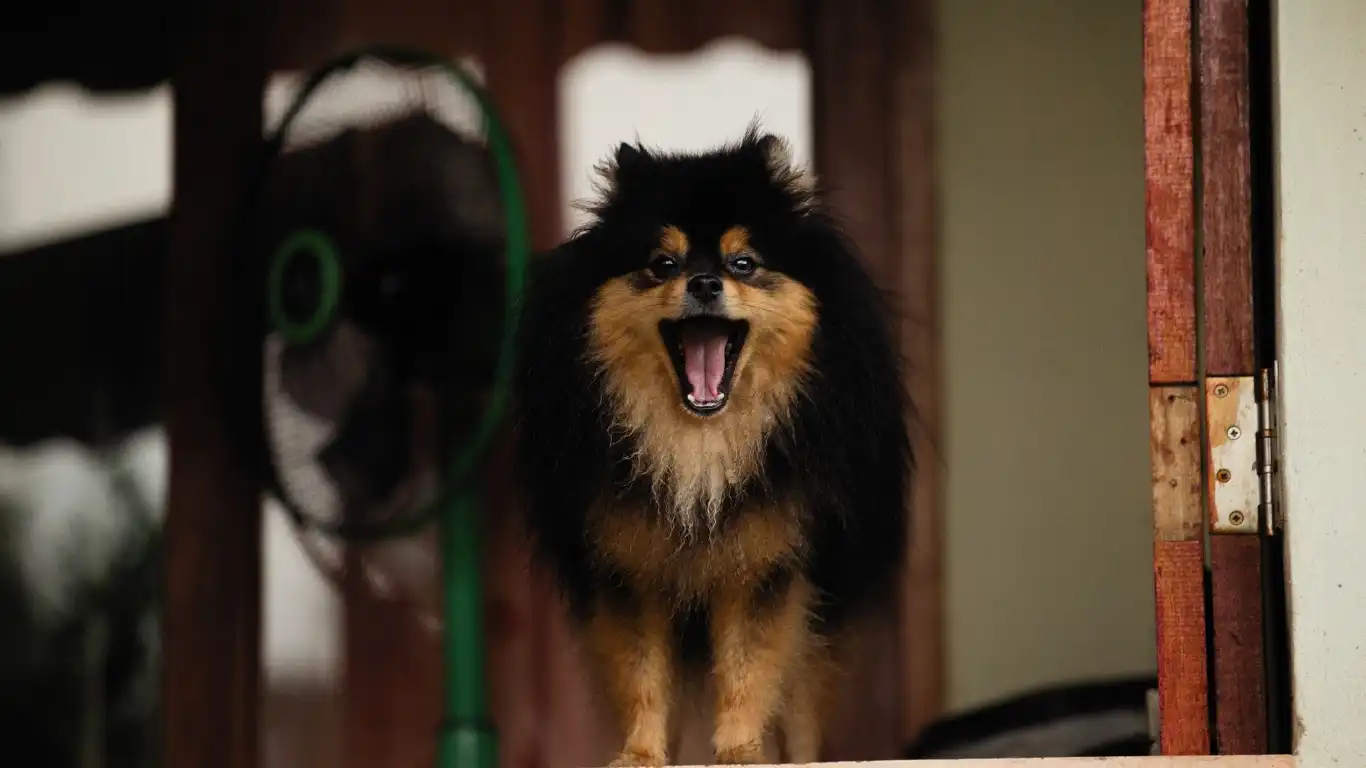
Now that we’ve covered the common causes and solutions, let’s talk about real-life cases. Over the years, I’ve seen some interesting cases of excessive drooling in dogs—some simple, some more complex. Here are a couple of stories that might resonate with dog parents facing similar issues.
Case 1: The Mystery of Max’s Drool
Max, a 5-year-old Golden Retriever, was brought into the clinic for sudden excessive drooling. His owners were worried sick because it started overnight, and he had no history of dental issues. After a thorough examination, we discovered a small piece of a chew toy lodged between his molars. The poor guy was trying to dislodge it with his tongue, which caused excessive saliva production.
Lesson learned: Always check your dog’s mouth for foreign objects before panicking. A quick check can save you an unnecessary (and expensive) vet visit!
Case 2: Bella’s Silent Suffering
Bella, a senior Boxer, had been drooling excessively for weeks. Her owner assumed it was due to her breed’s natural tendency to drool, but something felt off. Upon examination, we found a hidden oral tumor near her back teeth. Because her drooling was dismissed as “normal,” it had gone undiagnosed for too long. Thankfully, with early intervention, she received treatment in time.
Lesson learned: If your dog suddenly starts drooling more than usual, don’t brush it off—especially if they’re a breed that already drools a lot. Regular check-ups can help catch serious conditions early.
Key Takeaways: What You Need to Remember
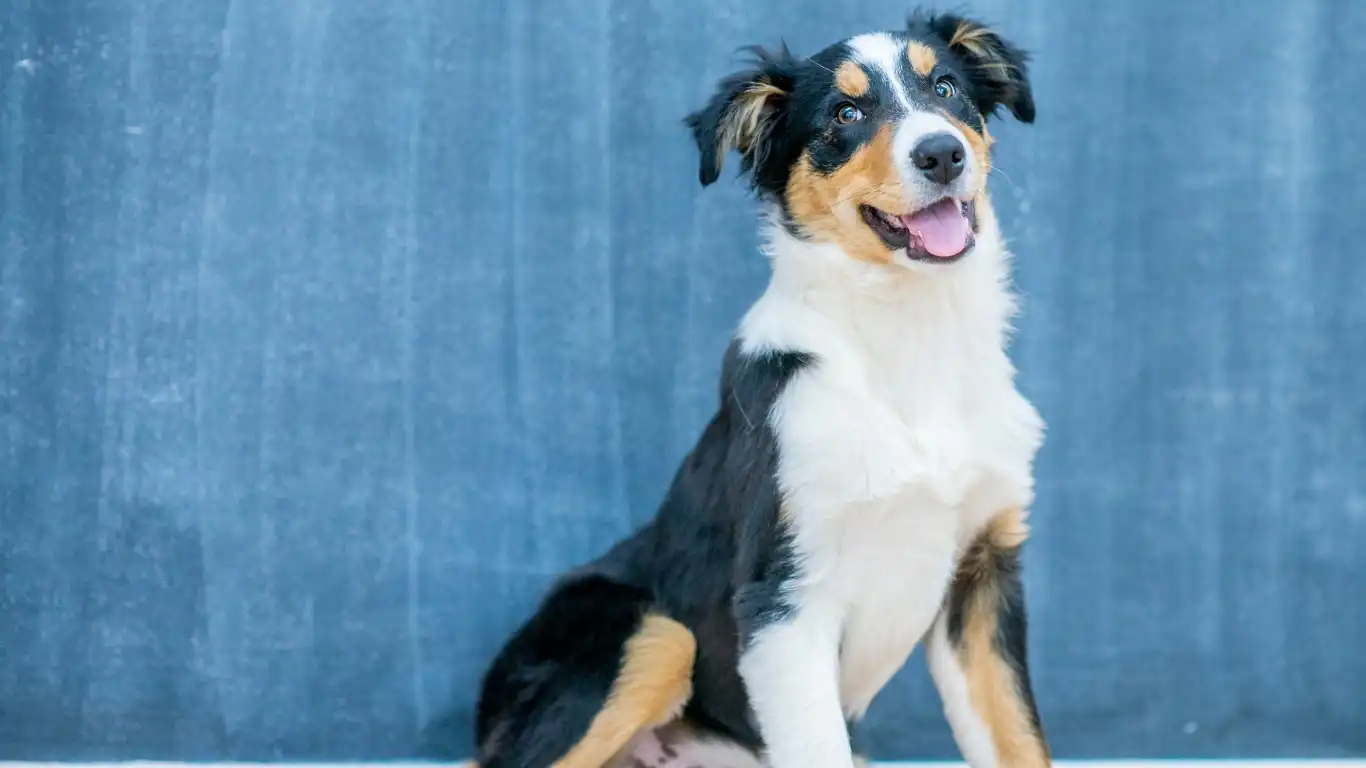
Let’s do a quick recap of the most important points:
- Excessive drooling isn’t always normal. While some dogs naturally drool more than others, a sudden increase could signal an underlying issue.
- Common causes include: dental problems, heatstroke, nausea, toxins, stress, oral tumors, and neurological disorders.
- Check their mouth first. Look for foreign objects, gum inflammation, or anything unusual.
- Monitor other symptoms. If your dog is acting lethargic, vomiting, or refusing food, don’t wait—call the vet.
- Prevention is key. Regular dental care, a safe environment, and routine vet visits can help prevent drooling-related health problems.
FAQs
Q: When should I worry about my dog drooling too much?
A: If the drooling is excessive, sudden, or accompanied by symptoms like vomiting, pawing at the mouth, bad breath, or difficulty swallowing, seek veterinary advice immediately.
Q: Are certain breeds more prone to excessive drooling?
A: Yes! Breeds like Saint Bernards, Mastiffs, Bloodhounds, and Boxers have loose jowls that naturally produce more saliva. However, even in these breeds, sudden changes in drooling shouldn’t be ignored.
Q: Can teething cause excessive drooling in puppies?
A: Absolutely! Puppies between 3 to 6 months old tend to drool more as their baby teeth fall out and adult teeth come in. Providing teething toys can help.
Q: What home remedies can help reduce excessive drooling?
A: If it’s mild drooling due to excitement or stress, try these:
- Provide cool water and hydrating treats
- Use a cool, damp cloth to wipe their mouth
- Offer calming aids like CBD treats or pheromone diffusers
- Distract them with a favorite toy or chew
Q: My dog drools excessively in the car—what should I do?
A: Motion sickness is a common cause of drooling in the car. Try these solutions:
- Let your dog travel on an empty stomach
- Crack the windows slightly for fresh air
- Use natural calming aids like ginger or vet-approved medications
Bonus: Additional Resources & DIY Tips
Want to dive deeper into pet health and care? Check out these trusted sources:
- American Kennel Club – Reliable breed-specific advice.
- Veterinary Partner – Vet-approved pet health insights.
- ASPCA – Information on toxins and pet safety.
Appendix: References & Disclaimer
References:
Disclaimer: This article is for informational purposes only and is not a substitute for professional veterinary advice. If your pet is experiencing excessive drooling or any other health concern, consult a licensed veterinarian.
If you found this guide helpful, share it with other dog parents! Have a personal story or question about drooling in dogs? Drop a comment below or reach out to your vet for personalized advice.
For more pet care tips, subscribe to our newsletter and stay updated on the latest in pet health!
